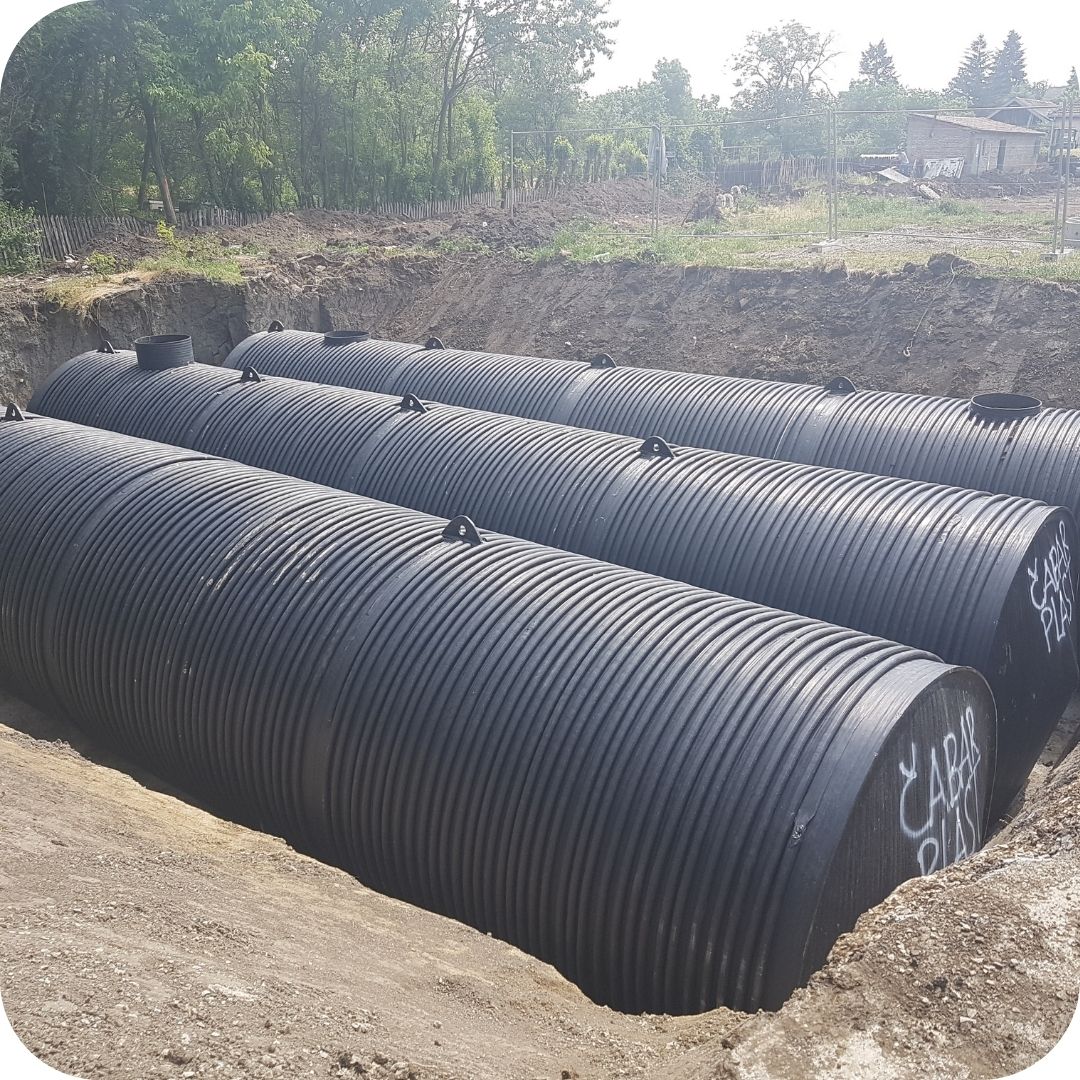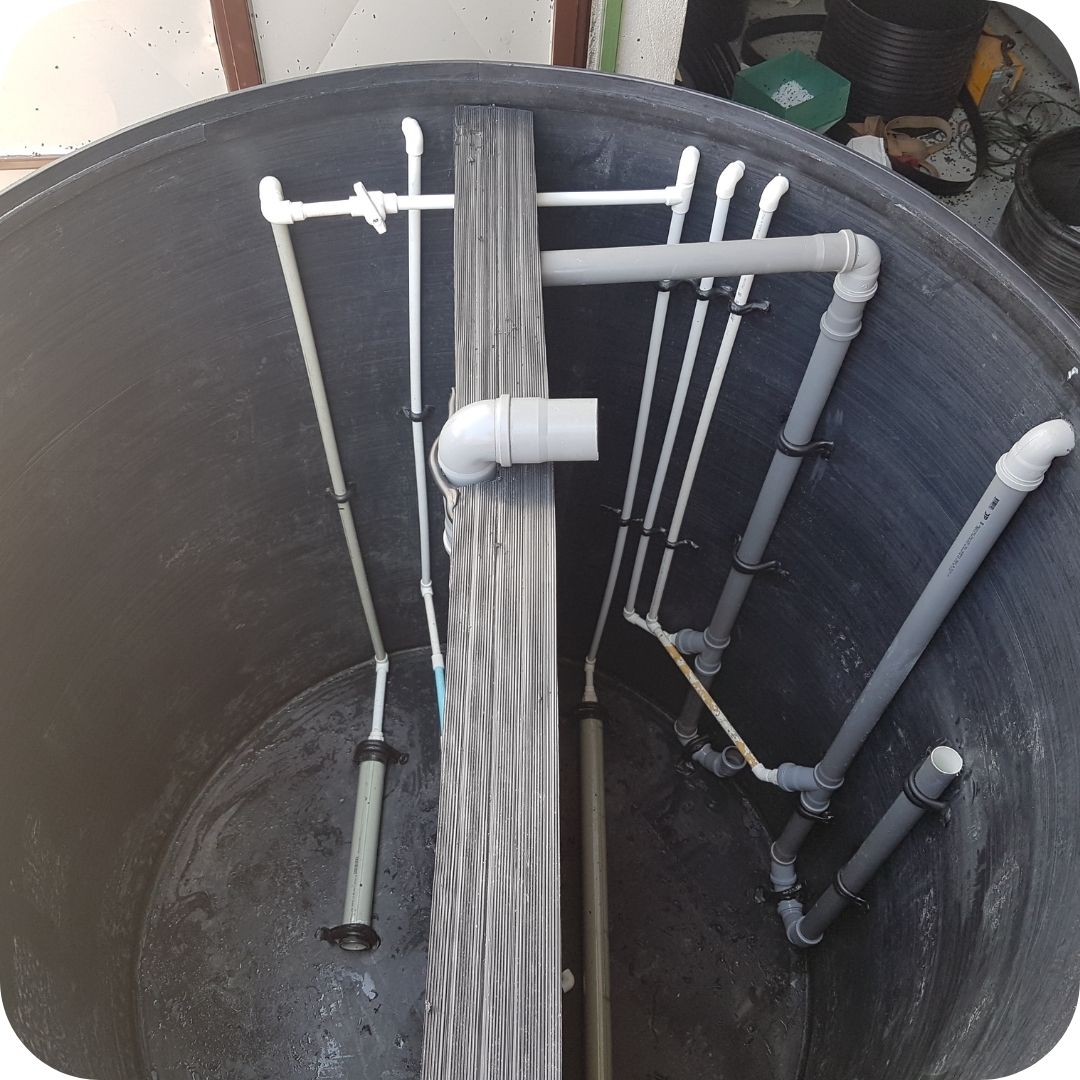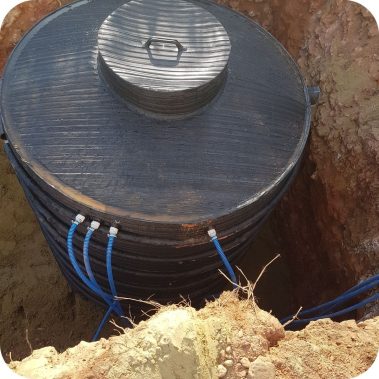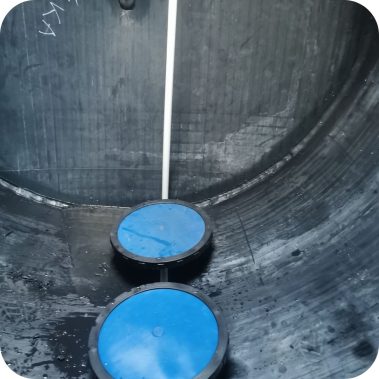Wastewater treatment plants
Wastewater treatment plants with activated sludge systems are highly efficient systems that utilize microorganisms for the treatment and purification of wastewater from households, industrial plants, or municipal systems. The basic working principle of these systems is based on the biological degradation of organic pollutants by bacteria living in suspension in the water, better known as activated sludge.
Our company Čabar Plast, in partnership with our Croatian partner, has developed unique small composite systems for wastewater treatment – wastewater treatment plants for 4-50 PE (population equivalent).













